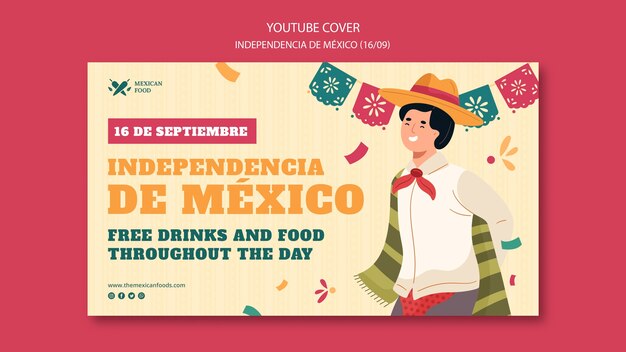Exploring Fascinating Facts About Hispanic Heritage

Hispanic heritage is a vibrant tapestry of cultures, traditions, and experiences.
The Hispanic community plays a significant role in shaping the diverse fabric of American society.
Hispanic heritage is a celebration of resilience, strength, and perseverance.
From language to cuisine, Hispanic heritage brings a unique flavor to the world.
Latin America has a rich history that spans centuries, filled with stories of conquest, revolution, and innovation.
Exploring Hispanic heritage is like embarking on a journey through time and space.
Hispanic heritage is a testament to the blending of indigenous, European, and African influences.
Salsa, merengue, and bachata are just a few examples of the energetic dances that originated from Hispanic heritage.
Hispanic heritage encompasses a wide range of countries, including Mexico, Spain, Puerto Rico, and many more.
The contributions of influential Hispanic figures in art, music, literature, and science have shaped human history.
Hispanic heritage values family, community, and a strong sense of identity.
Hispanic heritage facts teach us about the rich tapestry of Native American cultures present in Latin America.
The Mayans, Aztecs, and Incas were some of the advanced civilizations that flourished in Latin America.
Hispanic heritage includes a mix of indigenous languages, such as Nahuatl, Quechua, and Guaraní.
Spanish is the second most spoken language in the world, and it is an integral part of Hispanic heritage.
Exploring Fascinating Facts About Hispanic Heritage part 2
The influence of Hispanic heritage can be seen in the vibrant murals and street art found throughout Latin America.
Hispanic heritage is a reminder of the importance of preserving and celebrating cultural diversity.
Traditional Hispanic clothing, such as the colorful dresses and sombreros, showcase the unique fashion sense of the community.
Hispanic heritage encompasses a variety of religious beliefs, including Catholicism, Santería, and indigenous spiritual practices.
The Day of the Dead, or Día de los Muertos, is a vibrant celebration that honors deceased loved ones in Hispanic culture.
Hispanic heritage facts teach us about the important role played by women in shaping Latin American history.
Famous Hispanic artists like Frida Kahlo and Pablo Picasso have left an indelible mark on the art world.
Hispanic heritage is a reminder that diversity should be celebrated and cherished.
Traditional Hispanic cuisine, such as tacos, paella, and empanadas, is loved and enjoyed worldwide.
Hispanic heritage encompasses a wide range of musical genres, including reggaeton, flamenco, and mariachi.
Hispanic heritage facts shed light on the struggle for independence and freedom in Latin American countries.
Hispanic heritage values education as a means to empower future generations and preserve cultural traditions.
The architecture of Latin America, with its colonial influences and vibrant colors, reflects the beauty of Hispanic heritage.
Hispanic heritage is a testimony to the power of artistic expression in bringing about social change.
The poetry and literature of Hispanic heritage capture the essence of love, passion, and longing.
Hispanic heritage facts illustrate the importance of folklore and oral traditions in passing down cultural knowledge.
The impact of Hispanic heritage can be seen in the colorful festivals, such as Carnaval and La Feria de Abril.
Hispanic heritage celebrates the beauty of mestizaje, the blending of different ethnic backgrounds.
The rich biodiversity of Latin America, from the Amazon rainforest to the Galápagos Islands, is part of Hispanic heritage.
Hispanic heritage facts teach us about the influential role played by indigenous women in preserving cultural traditions.
The music of Hispanic heritage has influenced genres like jazz, rock, and hip-hop, creating a global musical legacy.
Hispanic heritage is a source of inspiration and pride for individuals with Latin American roots around the world.
The art of storytelling is deeply ingrained in Hispanic heritage, with legends and myths passed down from generation to generation.
Hispanic heritage showcases the diversity of traditional crafts, from handwoven textiles to intricate pottery.
The impact of Hispanic heritage on the film industry can be seen through award-winning directors like Guillermo del Toro and Alfonso Cuarón.
Hispanic heritage promotes inclusivity and celebrates the contributions of Afro-Latinx communities.
The philosophy of la lucha (the struggle) is an important pillar of Hispanic heritage, encouraging resilience and determination.
Hispanic heritage facts teach us about the significant scientific contributions of Hispanic scholars throughout history.
The influence of Hispanic heritage on fashion can be seen in the intricate embroidery, vibrant patterns, and bold colors.
Hispanic heritage reminds us of the interconnectedness of all cultures and the importance of embracing diversity.